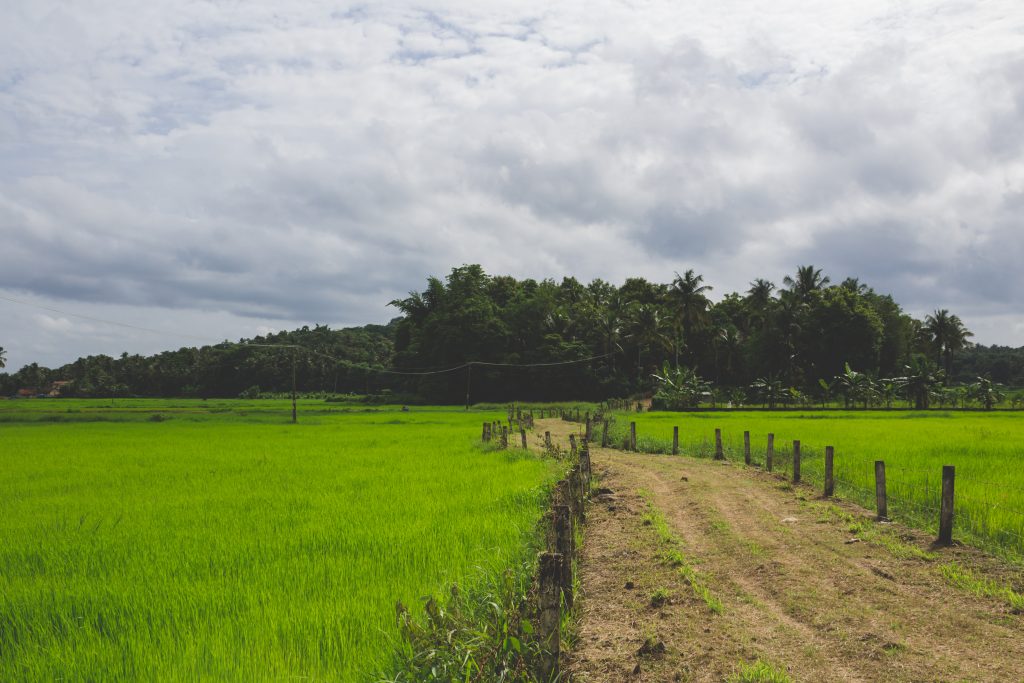- NAVERA BUILDERS PVT LTD
- +91 9207601111
- info@naverabuilders.com
The Fair Value of Land in Kerala 2025: Understanding What Truly Determines It
The Fair Value of Land in Kerala 2025: Understanding What Truly Determines It
The fair value of land is a key factor in every property transaction in Kerala. It’s the base rate set by the government for land registration, designed to keep deals open and fair. Even so, many people are unsure what this value actually represents or how it’s determined. Understanding this would help buyers and sellers make better decisions.
What is the Fair Value of Land in Kerala?
Fair value of land in Kerala is the minimum rate fixed by the government for transactions in land in any particular area. It is the lowest price at which a property could be legally registered in the Sub-Registrar Office.
Fair value and market value differ in many ways. Market prices move up or down with demand, timing, and the way people bargain. Fair value, on the other hand, is the base rate fixed by the government to keep registration and taxation transparent. It makes property transactions transparent and prevents undervaluation.
The state revises these values from time to time to reflect improvements in infrastructure, development, and living standards. For buyers, sellers, and developers alike, knowing this figure brings clarity and transparency to every land deal.
Determining the Fair Value of the Land
When calculating the Kerala land fair value, Revenue Department considers these factors before rating:
- Location: Is the plot near city centres, highways, or the coast?
- Type of land: Is it residential, commercial, industrial, or agricultural?
- Infrastructure: How well the area is connected and is supported by basic facilities like roads, water supply, electricity, and public transport.
- Development potential: Whether the land can be developed further and how it’s classified for use.
Each village or sub-zone is rated accordingly, and the rates are adjusted at a later date.
Genuine development and changing land use are reflected in land prices, not mere speculation.
Factors Influencing Land Prices in Kerala

The land value in Kerala combine practical realities with social trends. The most important influences include the following:
1. Location
Whether it is a silent hilltop at Wayanad or a commercial plot near Infopark, the location matters the most. In such cases, areas close to workplaces, schools, or transport links tend to appreciate faster.
2. Infrastructure
The land prices of an area can change significantly, if there are good roads, public transportation, schools, and hospitals for the families.
3. Land Use Rules
The land use rules, in the form of zoning laws and regulations, determine what can be built in a parcel of land. A plot for residential purposes in a high-density area will always have a higher fair value than one meant for agricultural use.
4. Demand and Supply
The land being very limited in Kerala, with a constant flow of NRI investment, keeps demand high and supply for land tight.
5. Economic Conditions
The price of land can change with the employment, migration, and remittance patterns of the area. Because of constant NRI remittances, Kerala has always seen sustained demand for real estate.
Kerala’s Land Valuation Methods
Valuing land isn’t just a one-size-fits-all process. Different methods apply depending on the property type and purpose:
1. Comparative Market Analysis
The most common approach, where recent sales of similar properties in the same area are compared, to give buyers an idea of what the property rate is for that area.
2. Income Capitalisation Method
For income properties, which mainly consist of commercial or rental properties, valuation is based on the consideration of probable income generation.
3. Development Cost Method
In the case of land without development, the ultimate price is calculated after complete development, and the associated costs that the developer is going to bear while developing are subtracted therefrom.
All methods serve a different purpose, whether for taxation, sale, or investment, and the right one applied will produce a somewhat clearer picture of the real worth of a property.
Here’s the registration link to check Kerala land fair value: Department of Registration
The Role of Property Valuers
Certified property valuers act as a bridge between regulation and reality. They interpret government rules to assess properties and determine the value independently. For a developer or a private buyer, their technical assistance helps avoid disputes and bring about compliance.
Legal and Regulatory Dynamics
Kerala’s land laws are specific and detailed, and knowing them adds to the security of your investment and your peace of mind.
1. Land Documentation and Registration
To ensure authenticity and prevent undervaluation, every land-related transaction must be registered at the Sub-Registrar’s office, applying the officially notified fair value as a reference.
2. Land Ceiling Laws and Zoning
Restrictive ceilings exist on land holdings, zoning land for residential, commercial, and agricultural classes.
3. Environmental and Coastal Issues
Kerala has very strict environmental norms due to its delicate ecosystem, ranging from beaches to hill zones. Developers, therefore, have to follow CRZ (Coastal Regulation Zone) norms before embarking on development and have to secure clearances for construction.
Important Factors in Land Valuation

Beyond legal aspects, several tangible factors can influence fair value:
- Basic Facilities: Reliable water supply, electricity, waste management, and access roads.
- Environment: Surrounding greenery, air quality, and the social setting of the locality.
- Infrastructure: Access to schools, hospitals, metros, and airports increases the fair and market value of a property.
Trends in Land Prices for 2025-26
Land prices in Kerala have been inching up through 2025, especially in urban pockets. Growth has been strongest around areas seeing new infrastructure, wider highways, upcoming IT parks, and Smart City projects that continue to shape urban centres. Cities such as Kochi, Thiruvananthapuram, and Kozhikode remain the busiest real estate hubs, while Thrissur and Kottayam are gradually catching up as demand shifts inland.
The pace of appreciation is overall moderate, yet certain pockets are moving faster than others. Lands close to busy routes, or major developments usually appreciate sooner than expected. For long-term investors, staying tuned to government development plans and zoning updates can make a real difference when choosing where to buy next.
Common Mistakes When Assessing Land Prices
Some even experienced buyers can overlook certain things. The commonly committed errors are:
- Relying on prices online: Listings are often far from the actual registered values; make sure to cross-check with the official database of the Revenue Department.
- Hidden costs: Buying a plot includes registration fees, legal clearances, and development charges, on top of the cost of buying the plot.
- Lack of due diligence: A lot of buyers tend to close deals quickly and skip basic checks. Get a trusted professional to verify title deeds, encumbrance certificates, and ownership records.
- Not taking the long-term approach: Short-term market buzz can be tempting. But keep in mind that land appreciates over years, so focus on steady growth rather than quick returns.
Wrapping Up
A land’s fair value is far more than just figures. It’s about understanding what makes it worth it, its location, the long-term potential, and its legal status. All parties, developers and buyers alike, benefit from making informed decisions.
At Navera Builders, every project begins with the same clarity. Being one of the best builders in Thrissur, we create homes that blend thoughtful design with strong foundations. Each development reflects our commitment to quality construction, prime locations, and transparent dealings.
Whether you’re planning your first home or a new development, Navera can help you turn your vision into a lasting foundation.
FAQs
How do I find the fair value of my land in Kerala?
One of the simplest ways to do this is by using the Kerala Registration Department’s official website. You just have to head to the “Fair Value” section, choose the desired district, village, and survey number, and you will have the guaranteed rate of your property’s value set by the government.
How can I check land value?
The easiest way is to check the government portals. If you want an accurate picture for buying or selling, contact a professional surveyor.
How is the Fair Market Value (FMV) of land calculated?
The FMV is calculated by comparing your land with similar properties sold recently in the same area. The value is also calculated using the location, facilities available, and the future potential.
What’s the difference between market value and fair market value?
Market value is the price a buyer is willing to pay right now. The Fair Market Value shows an estimated value of the land depending on market trends and legal assessments.




